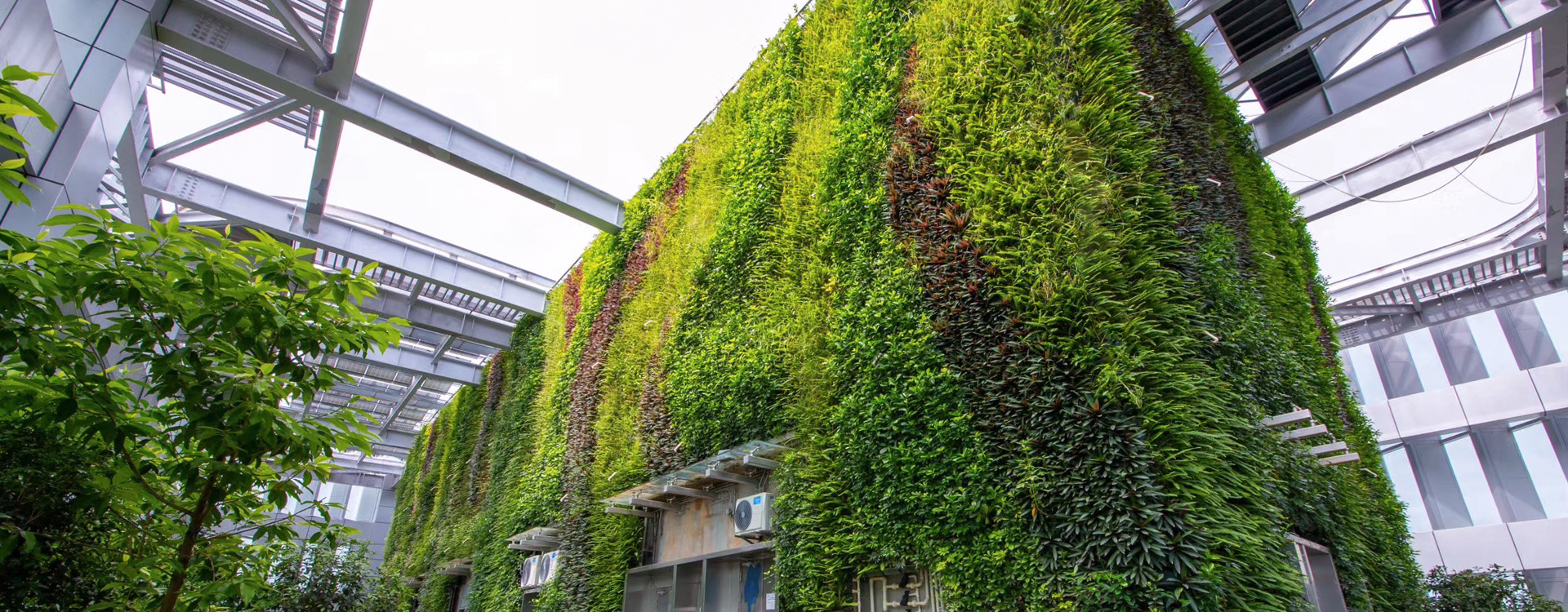Maximizing Space: The Benefits and Techniques of Vertical Planting
Release time:
2025-04-28 11:20
Vertical planting is an innovative gardening technique that maximizes space and enhances the aesthetic appeal of any outdoor or indoor environment. It involves growing plants in a vertical orientation, utilizing wall-mounted planters, shelves, or specially designed vertical garden systems. This approach is particularly beneficial for urban gardeners or individuals with limited space, enabling them to cultivate a variety of plants without requiring a large footprint.
One of the primary advantages of vertical planting is its space efficiency. By utilizing vertical surfaces, gardeners can grow more plants in a smaller area compared to traditional horizontal gardening. This is particularly useful in urban settings, where balcony and patio space may be limited. Additionally, vertical gardens can improve air circulation around plants, reducing the risk of disease and promoting healthier growth.
Vertical planting also offers aesthetic benefits. A well-designed vertical garden can serve as a stunning focal point, transforming a bland wall or fence into a vibrant display of foliage and flowers. This technique allows for creative expression, as gardeners can choose from a wide range of plants, including herbs, flowers, and even vegetables. The result is not only a beautiful space but also a functional one, as you can enjoy fresh produce right from your vertical garden.
When it comes to setting up a vertical garden, there are several techniques and tools to consider. One popular method is to use wall-mounted planters, which come in various designs and materials, such as fabric, plastic, or wood. These planters allow you to create a tiered effect, making it easy to organize plants based on their light requirements and growth habits.
Another effective technique is to use vertical garden systems, which often include modular components that can be easily assembled and customized. These systems typically provide built-in irrigation solutions, ensuring that plants receive adequate moisture without the need for excessive maintenance.
Choosing the right plants is crucial for the success of your vertical garden. Opt for varieties that thrive in vertical setups, such as trailing plants, succulents, or compact herbs. Additionally, ensure that your plants receive adequate sunlight based on their individual needs. Regular maintenance is essential, including watering, pruning, and monitoring for pests, to ensure a flourishing vertical garden.
In conclusion, vertical planting is an excellent solution for maximizing limited space while adding beauty and functionality to your environment. By understanding the benefits, techniques, and plant choices, you can create a thriving vertical garden that enhances both your living space and your gardening experience.
One of the primary advantages of vertical planting is its space efficiency. By utilizing vertical surfaces, gardeners can grow more plants in a smaller area compared to traditional horizontal gardening. This is particularly useful in urban settings, where balcony and patio space may be limited. Additionally, vertical gardens can improve air circulation around plants, reducing the risk of disease and promoting healthier growth.
Vertical planting also offers aesthetic benefits. A well-designed vertical garden can serve as a stunning focal point, transforming a bland wall or fence into a vibrant display of foliage and flowers. This technique allows for creative expression, as gardeners can choose from a wide range of plants, including herbs, flowers, and even vegetables. The result is not only a beautiful space but also a functional one, as you can enjoy fresh produce right from your vertical garden.
When it comes to setting up a vertical garden, there are several techniques and tools to consider. One popular method is to use wall-mounted planters, which come in various designs and materials, such as fabric, plastic, or wood. These planters allow you to create a tiered effect, making it easy to organize plants based on their light requirements and growth habits.
Another effective technique is to use vertical garden systems, which often include modular components that can be easily assembled and customized. These systems typically provide built-in irrigation solutions, ensuring that plants receive adequate moisture without the need for excessive maintenance.
Choosing the right plants is crucial for the success of your vertical garden. Opt for varieties that thrive in vertical setups, such as trailing plants, succulents, or compact herbs. Additionally, ensure that your plants receive adequate sunlight based on their individual needs. Regular maintenance is essential, including watering, pruning, and monitoring for pests, to ensure a flourishing vertical garden.
In conclusion, vertical planting is an excellent solution for maximizing limited space while adding beauty and functionality to your environment. By understanding the benefits, techniques, and plant choices, you can create a thriving vertical garden that enhances both your living space and your gardening experience.
vertical planting
preceding page
Related News








